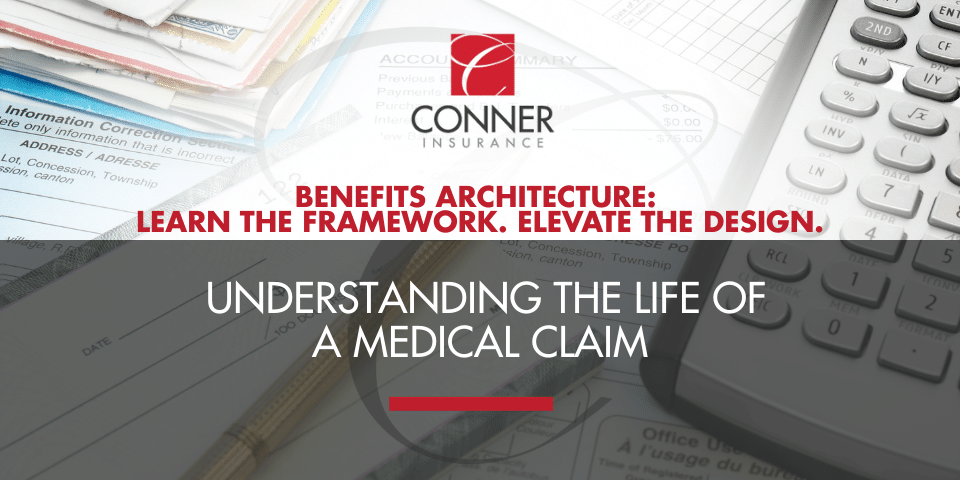Benefits Architecture: Understanding the Life of a Medical Claim

Benefits Architecture: Understanding the Life of a Medical Claim. When an employee rushes to the emergency room with abdominal pain, a broken bone or difficulty breathing, the immediate concern is their well-being and recovery. But behind the urgent medical situation is a complex series of administrative, financial, and regulatory processes, and each one can impact your benefits program.
Take, for instance, the case of an employee who suffers from sudden abdominal pain. What begins as a medical emergency quickly activates a chain of processes that can shape their experience. As we head into Benefits Architecture: Learn the framework. Elevate the design, let’s take a closer look at what happens when an employee experiences a medical emergency.
From the emergency room to returning to the office—the life of a medical claim.
Usually beginning with sharp abdominal pain, nausea, and fever, appendicitis can send an employee straight to their primary care provider or the emergency room. Once there, the doctor will perform a clinical assessment. Lab work and imaging, including a CT scan or ultrasound, are often ordered to confirm the suspicion of acute appendicitis. Once diagnosed, a surgeon is consulted, and the care team begins to prepare for an appendectomy.
While decisions are being made between the patient and the doctor, the administrative team verifies the patient’s insurance eligibility and benefits—behind the scenes. Using electronic clearinghouses or payer portals, they check plan coverage, confirm if preauthorization is required, and estimate the cost to the patient.
The patient—your employee—is informed of any potential out-of-pocket costs (copay, deductible, coinsurance), and financial consent forms are signed. If the plan requires prior authorization for the surgery or hospital admission, that request is submitted to the payer immediately.
Once the patient is admitted to the hospital or surgical center, insurance information should be re-verified to ensure the patient’s coverage is active, the provider is in-network, and billing is routed correctly to avoid delays or denials.
After the appendectomy is performed—typically done laparoscopically—the patient may require an overnight stay for monitoring, especially if there are any complications. Once the patient has recovered enough to go home, discharge instructions are provided.
The behind-the-scenes journey continues.
The hospital’s coding staff now steps in. Using the clinical documentation, medical coders translate the medical documentation into standardized codes: ICD-10 codes for diagnosis and CPT/HCPCS codes for procedures and supplies. This data, along with the provider’s National Provider Identifier (NPI), dates of service, and total charges, is used to generate an electronic claim submitted to the payer.
The insurance company then reviews the claim. Systems evaluate whether the procedure was medically necessary, if the provider was in-network, whether preauthorization was obtained, and if the charges align with plan policies and rules.
Based on the results, a few status outcomes are possible:
- Approved: Payment of the listed amount is made.
- Denied: Possibly due to missing documentation, authorization issues, or other errors.
- Pending: Additional clinical information is required.
Assuming the claim is approved, an electronic payment (EFT) is sent to the medical provider. But that doesn’t end the story. An unpaid balance not covered by the plan—such as unmet deductible, coinsurance, or non-covered services—is billed to the patient.
Why understanding the claim journey matters.
While an appendectomy may be a routine medical procedure, what happens behind the scenes is anything but simple. By taking a deep dive into Benefits Architecture, and seeing the life of a claim, employers can gain insight, identify areas where delays or confusion may occur, and learn how to better support their employees—every step of the way.
Understanding the claim journey is an important step in navigating the healthcare system, but remember, you don’t have to do it alone. A trusted benefits consultant can offer guidance, answer questions, and help you make informed decisions that improve both plan performance and employee experience.
If you have questions about the claims process or would like to discuss your benefits program, don’t hesitate to reach out. We’re here to listen.












